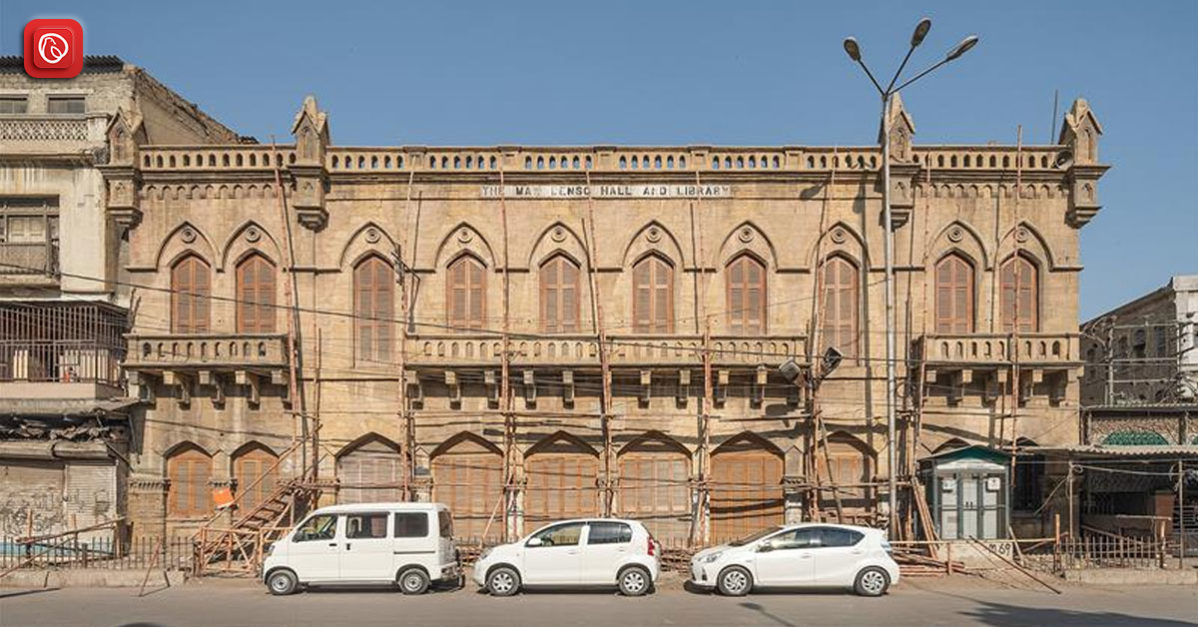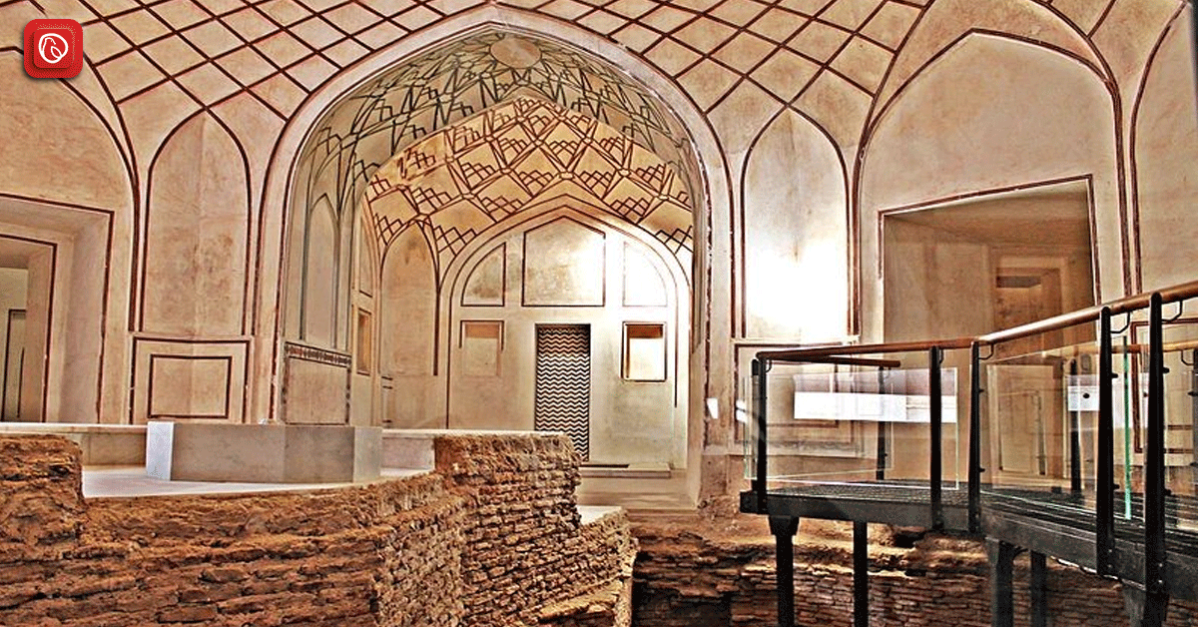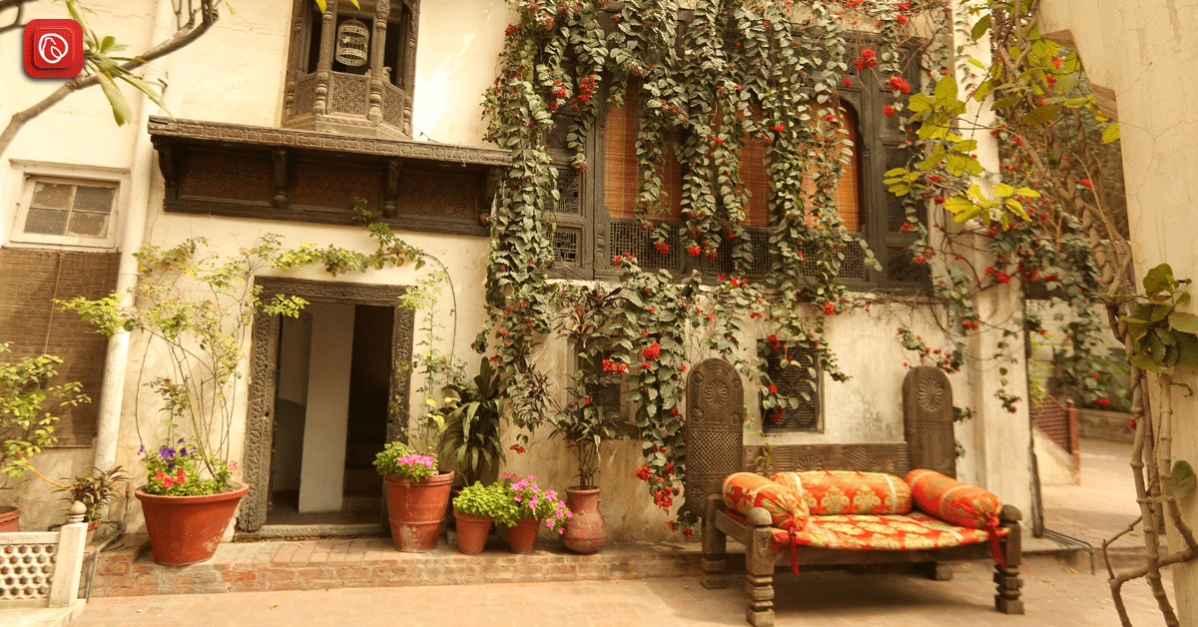In a cramped cityscape, a balcony serves as an ‘in-between’ spot that gives the impression of more space. It especially became a necessary area of respite during the peak of the coronavirus pandemic, when the world had shrunk and people were confined to their homes. Whether it is the busy city streets or the manicured lawns of the suburbs, you are provided a private and elevated viewpoint of the outside world. A balcony is a multi-functional extension of your home, where you can grow plants, dry your laundry, soak in the sunlight and much more. There are different types of balcony structures that you can pick from, according to your home’s design and aesthetic. Graana.com, Pakistan’s smartest property portal, has listed them below.
Difference Between a Balcony, Terrace, Patio and Veranda
Homeowners tend to mix up balconies with terraces, patios as well as verandas. It is essential to know the difference between these architectural terms to decide the right fit for your home.
Terraces can be attached or detached to the building, while balconies are constructed next to a given room (which is also the only way it can be accessed through). A terrace is built at the ground level, whereas a balcony is usually constructed at higher levels. The former is also relatively larger, and even has enough space to entertain small groups of people.
A patio is also usually found on the ground level, and does not always have to be connected to the building structure. They are also bigger in space compared to balconies. Patios are constructed with materials like stones, bricks and concrete, whereas balconies are primarily made with concrete.
Similarly, a veranda is also levelled with the ground floor, and can even enclose the building structure. Hence, it has multiple entry points as compared to a balcony.
Different Types of Balcony
The following are different types of balcony options for your place.
Stacked Balcony
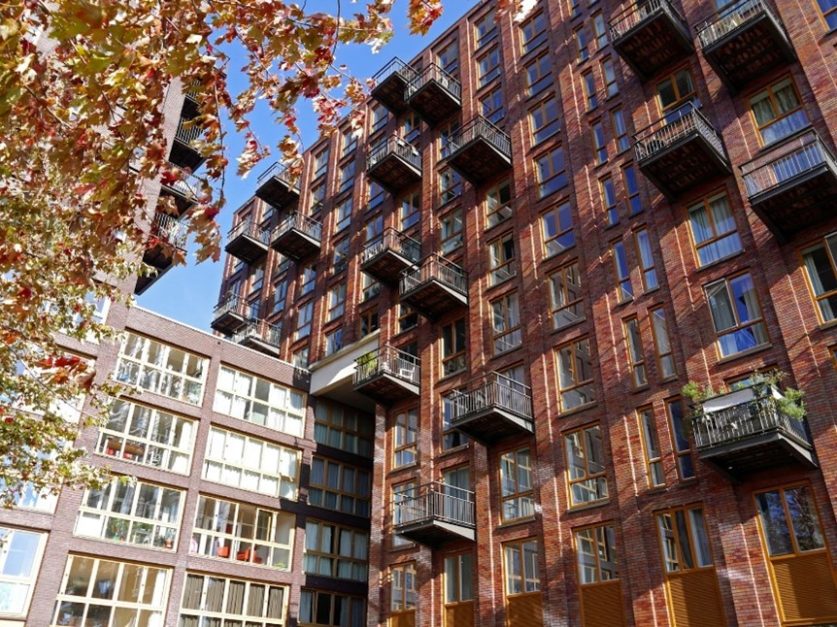
A stacked balcony is a common feature in most residential properties due to the simplicity in its design, easy installation and orderly appearance.
It only adds a minimal load to the building as it is not directly attached to it — in fact, it is a separate structure altogether. The balcony is, instead, supported with vertical pillars or posts, and the weight is distributed among concrete pads that are cast on the ground. The size of the pillars depends on the number, size and weight of the balconies stacked on top.
A major drawback to consider, however, is its lack of aesthetic appeal.
Hung Balcony
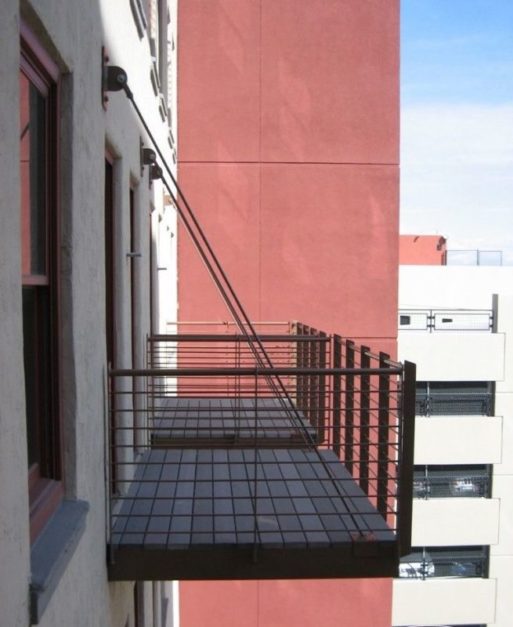
A balcony can also be supported by using stainless steel fixtures on the wall to ‘hang’ the structure. A hung balcony is generally quick to install; it just has to be bolted on without any further on-site assembly. This makes it a self-supporting structure, hence, there is minimal load imposed on the building frame.
It is usually made of steel, aluminium and, in some cases, glass.
The minimalist design makes it a popular modern add-on to a property. This is why architects prefer it too; it combines both style and practical elements.
False Balcony
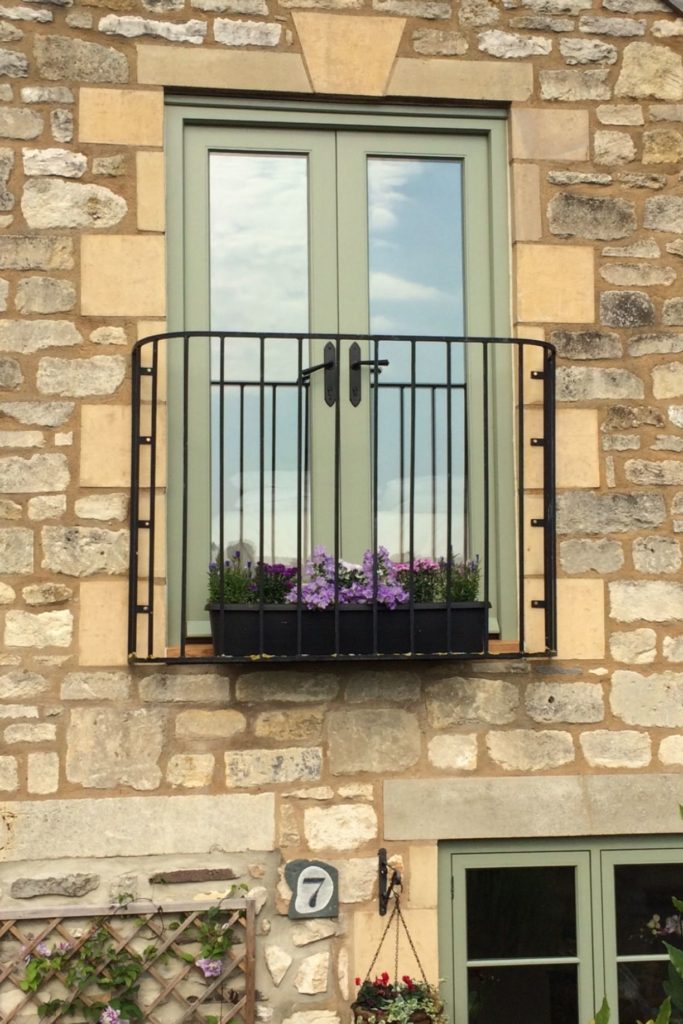
Also called a Juliet or French balcony, a false balcony is more ornamental as compared to other types of balcony structures. It is mostly used in cases where projecting another type of balcony isn’t feasible or possible. The main purpose is to make the attached room feel bigger and more open. There may only be a limited space for standing or, as in most cases, not even an actual outdoor space. Usually it allows the attached window or door to open only about 6 inches.
However, with its delicately adorned railings (usually made of wrought iron or stucco), this is a cost-effective option for enhancing the look of your home.
Cantilever or Projecting Balcony
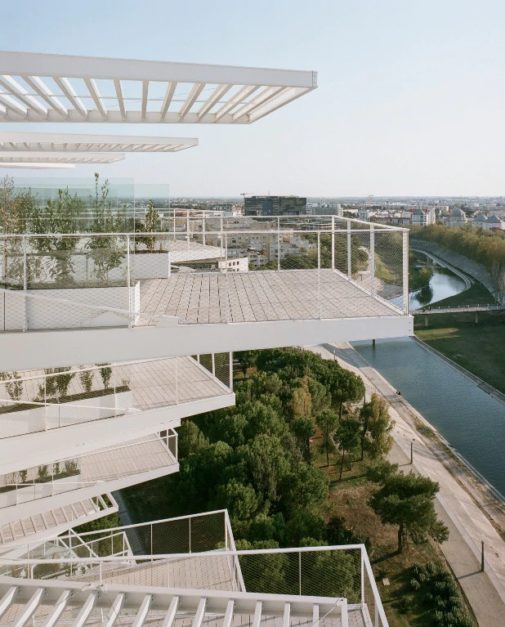
Probably the most visually appealing among all types of balcony structures, a cantilevered balcony protrudes from the face of the building without any visible support. The weight stands upright by cantilevering the structure off the wall. Slide-on, clip-on or bolt-on stubs or anchors are generally used in its design to attach it to the main building.
Usually steel or concrete are used for their construction. However, recent developments in the construction industry have provided more options in the market. For instance, timber is becoming a popular choice due to its relatively low thermal conductivity. Even though the material rots more easily over time, it is not a significant issue with cantilever balconies; they are built in a way that can hide most of the wear and tear.
Its purpose is to give a clear, uninterrupted view without the installation of any columns etc. A cantilevered balcony cannot be added on to an existing structure as they require careful planning. Thus, it has to be included in the structure’s design beforehand.
They are usually made at a depth of 1500-1800 mm at maximum – anything deeper would need more technical solutions. It is important to note, however, that the smaller the depth is, the less movement and ‘bounce’ you can expect in the balcony.
Mezzanine Balcony
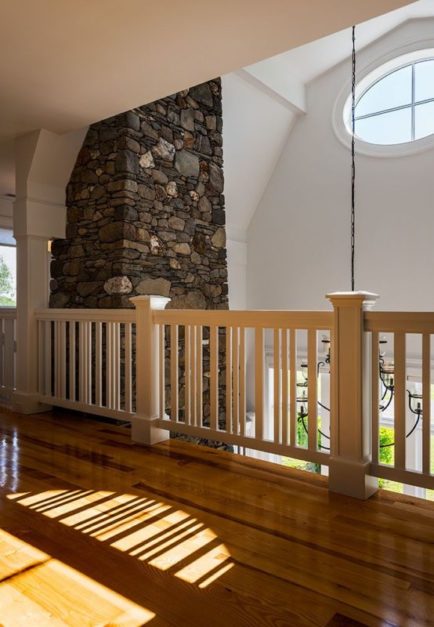
A mezzanine balcony consists of a large deck with railings, which protrude outwards from the wall. It is the only type of balcony that is indoors; the balcony hovers over a large room inside the house.
It helps add the illusion of more space, and can also be converted into a cosy corner in your space.
Loggia Balcony
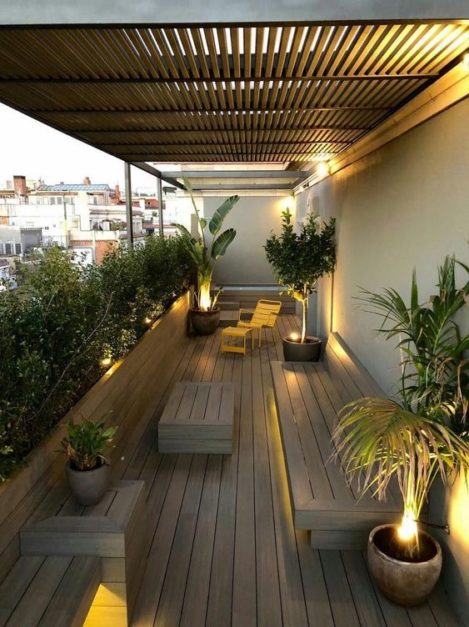
Unlike other types of balcony designs, a loggia balcony comes with a roof. It is visible from its sides but covered from the top. A loggia balcony is constructed in a manner that it does not extend outward as a typical balcony. In fact, it is integrated into the exterior wall. It can be designed according to any size, and the outward-facing side can be protected with glass, railings or a combination of both.
As a threshold that can make all the difference, a balcony can allow you to recharge while still being connected to outside activities. For more guidelines on your property’s design, visit Graana.com.

